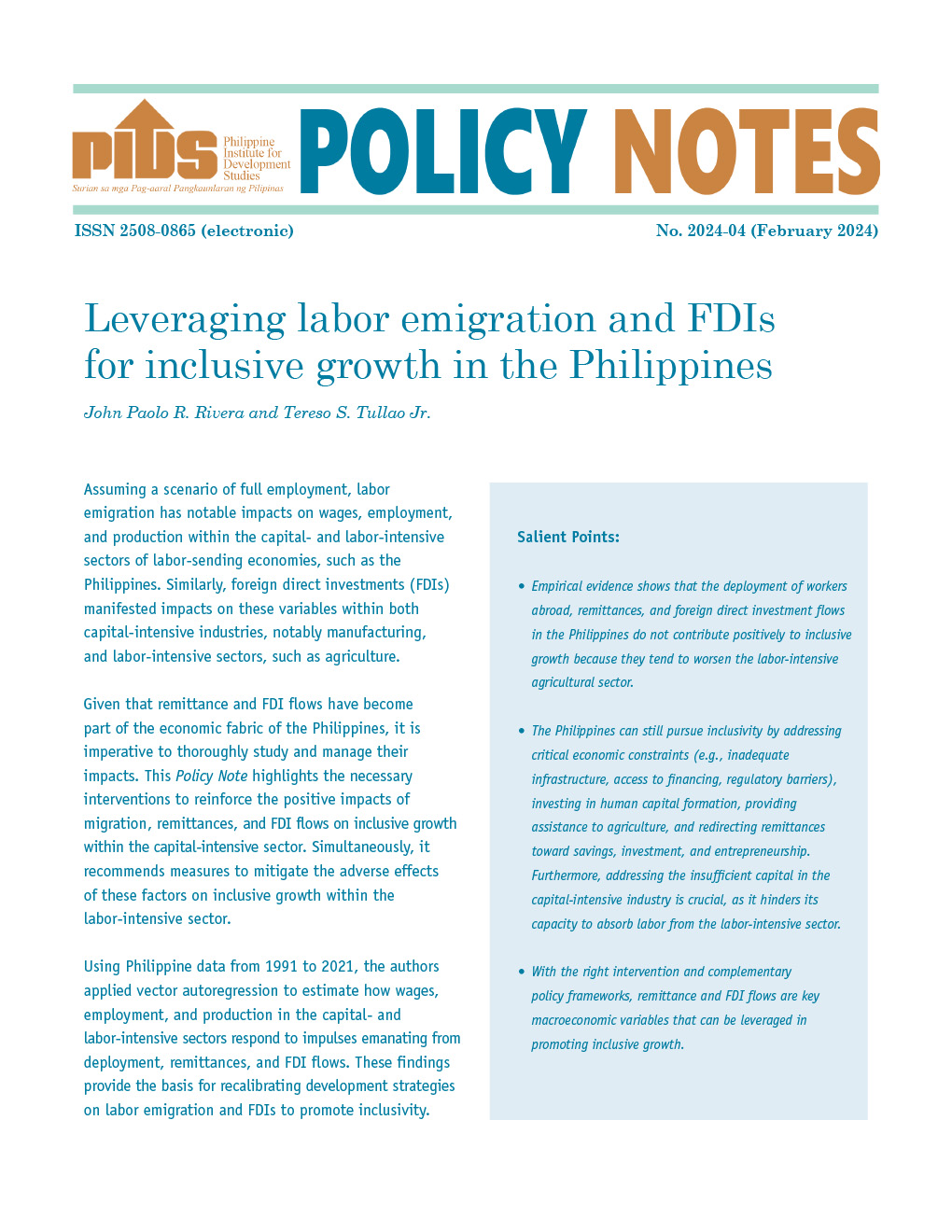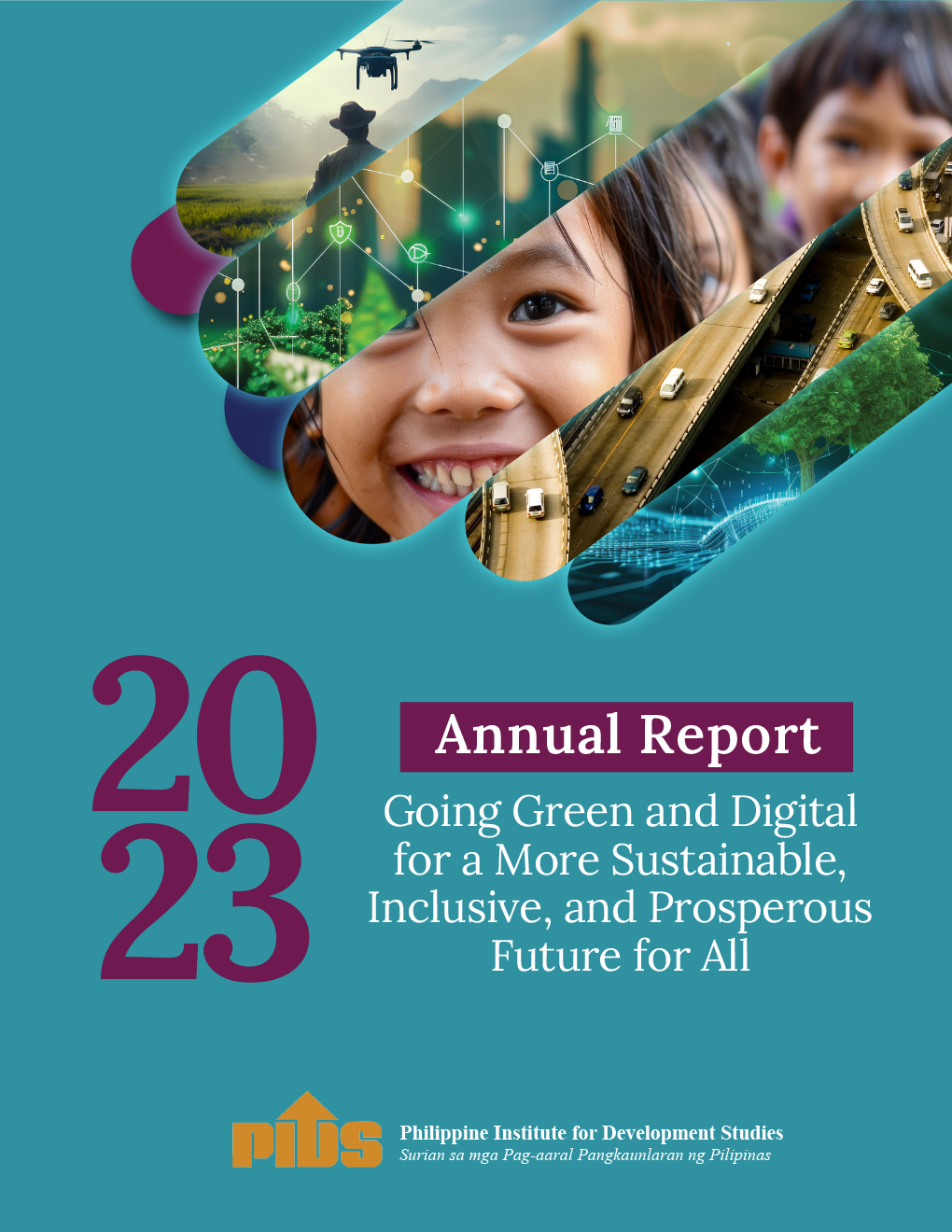Between 1974 and 2004, the average labor productivity growth in the Philippine manufacturing industry stood at 0.29 percent, lower than Indonesia`s 4.95 percent, Thailand`s three percent, Singapore`s 4.77 percent, Korea`s 6.90 percent, Hong Kong`s 7.03 percent, China`s 7.91 percent, India`s 3.05 percent and Japan`s 3.68 percent. Economies like the Philippines, India and Pakistan that have failed to industrialize employment and are undergoing a transition from agriculture to low-productivity services need to reassess the importance of industrialization, the report said. "An advanced and sophisticated manufacturing sector is key for developing advanced complementary services sectors, such as logistics, transport, and finance. Such countries may wish to consider continuing to develop these more productive segments of the service sector, while not neglecting manufacturing," the ADB said. In this sense, the Philippines needs to complete and implement successfully its manufacturing roadmap, the bank added. The Department of Trade and Industry has commissioned state-run Philippine Institute of Development Studies to draft a manufacturing roadmap. According to draft roadmap, the auto and motorcycle assembly, electronics, food, garments, shipbuilding, chemicals and allied businesses are among the industries that will enjoy government support.
Manufacturing key to escaping middle-income trap -- ADB report










